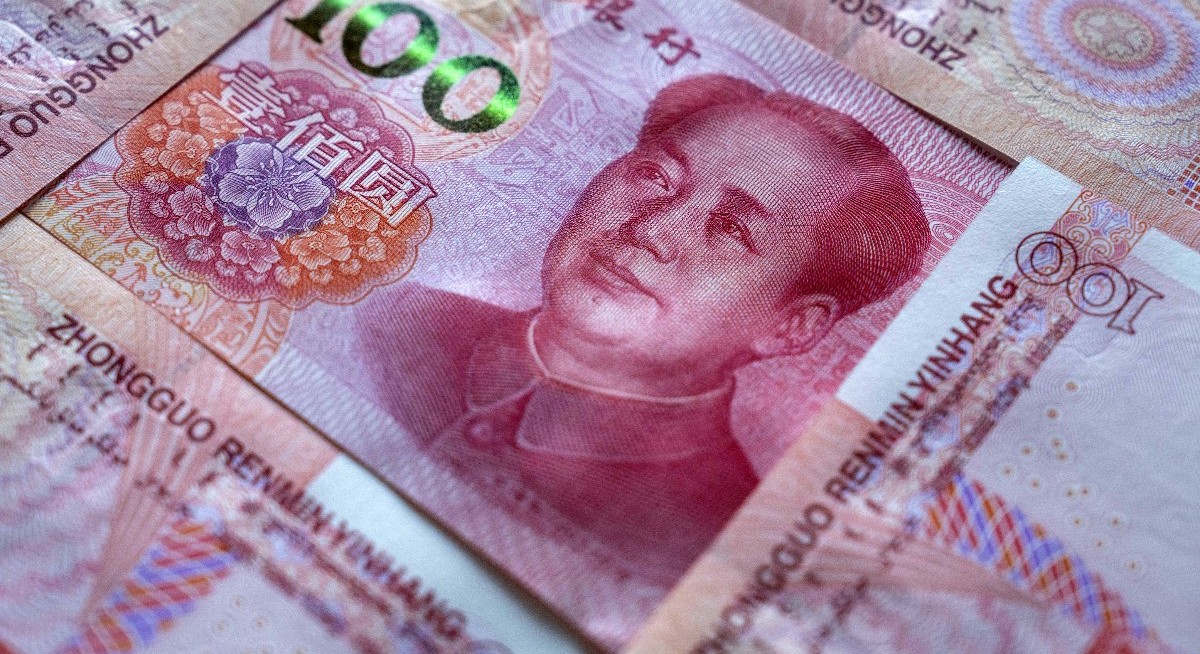“The undervalued levels of the currency, both on a real trade-weighted basis but especially versus the dollar, all point to the possibility for a stronger onshore yuan as a potential offset to tariff reductions,” the analysts wrote.
The more upbeat view on the Chinese currency comes as the world’s two biggest economies touted progress in the weekend trade negotiations, even though details remain scarce. The yuan and Chinese shares rose on Monday on the news but gains were measured, signalling expectations that the negotiations are unlikely to be straightforward.
Goldman analysts previously saw the onshore yuan at 7.30 over a three-month period and at 7.35 over a six- and 12-month horizon. The currency last breached the 7-per-dollar level in May 2023.
See also: Dollar climbs most since September amid doubts over Fed rate cut
The onshore yuan has risen 0.5% so far in May against the dollar and is on track for its best monthly gain since January amid hopes of easing trade tensions with the US. However, it’s value still remains subdued versus those of its trading partners.
BNP Paribas Asset Management also expects the yuan to test 7 per the US dollar this year if the greenback’s weakness sustains and China’s economic growth surprises to the upside.
“If [the] US dollar continues to depreciate, then there will be more upside case for the yuan,” Rick Cheung, portfolio manager for emerging markets fixed income at the firm, said in an interview. “If China’s growth in the end surprises the market to reach let’s say more than 5% and even 5.5%, it’ll also provide a very good uptake potential.”
See also: Loss in translation: The downside of a haven currency like Singapore's
For now, US tariffs are still hurting the Chinese economy as data show consumer deflation extended for a third month in April before policymakers announced a slew of measures last week to prop up the sputtering economy.
Goldman doesn’t expect the new yuan levels to be reached in a rush. The analysts noted policymakers’ preference for a “broadly stable” yuan fixing despite facing tariffs of as high as 145% from the US.
Beijing has preferred alternate policy tools like monetary easing and government bond issuance to support the economy instead of opting for yuan devaluation, a move that could intensify capital outflows, they wrote.
“Policy preference will still likely be for a measured and controlled move,” the Goldman analysts wrote, referring to the yuan. “But the pathway to 7.0 (and below) is likely to allow more rapid appreciation moves in the rest of Asia versus the dollar.”
The onshore yuan advanced 0.2% against the US dollar on Monday to 7.2278. The Taiwanese dollar also strengthened amid the trade optimism while markets in Indonesia, Malaysia, Singapore and the Philippines were closed for holidays.




